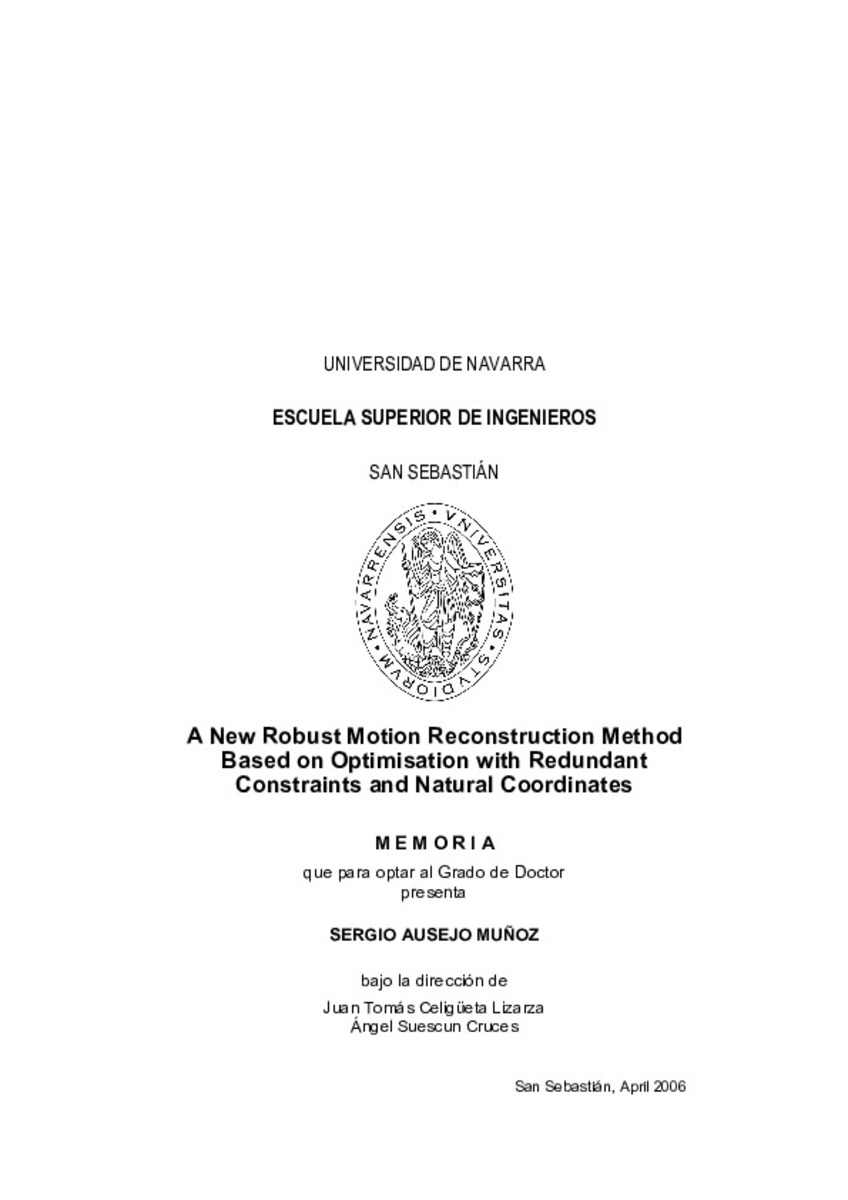A New Robust Motion Reconstruction Method based on Optimization with Redundant Constraints and Natural Coordinates.
Files in This Item:
Statistics and impact
Items in Dadun are protected by copyright, with all rights reserved, unless otherwise indicated.







